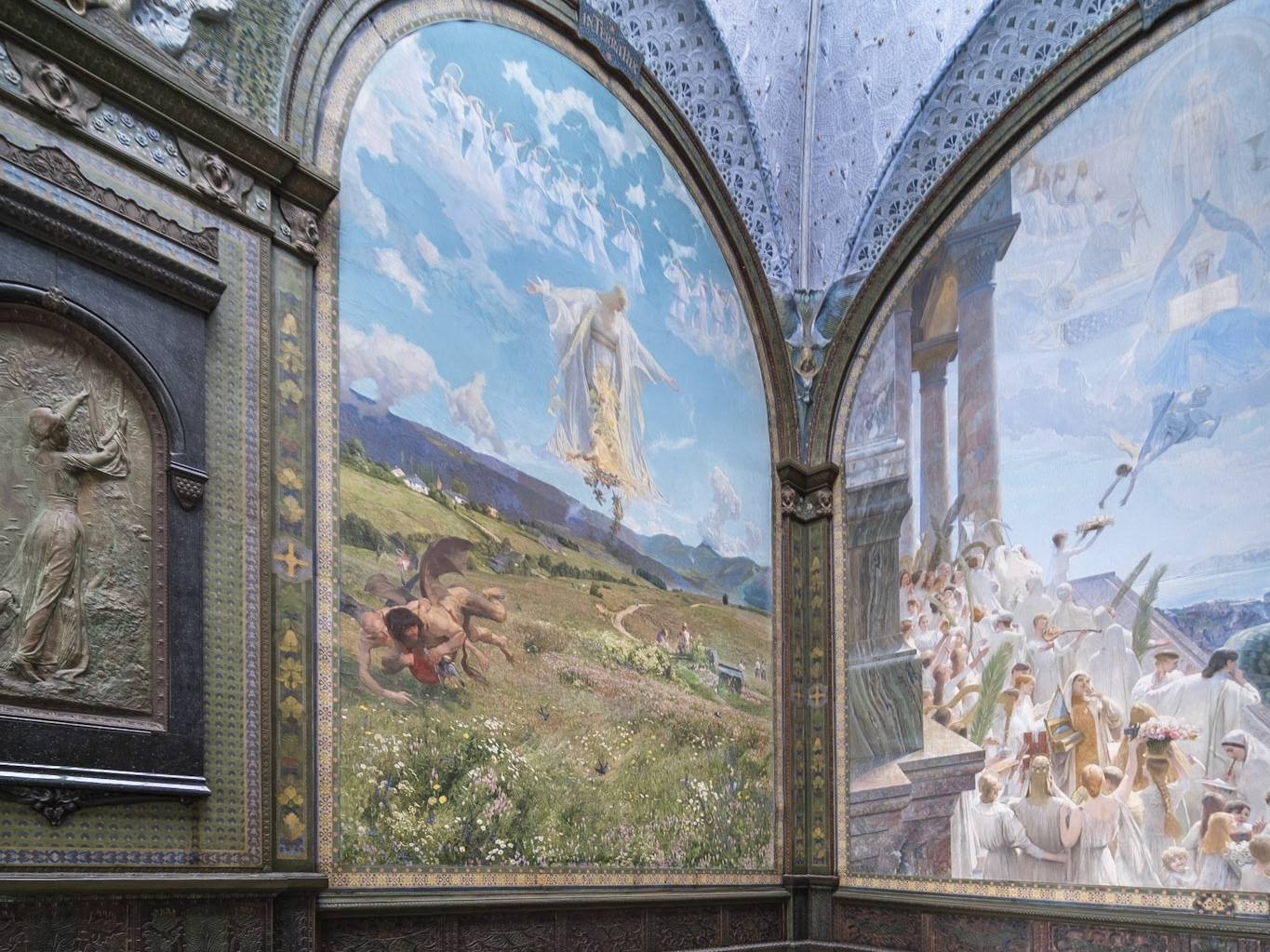
Musée d'Art et d'Histoire de Neuchâtel
Neuchâtel
1881 - 1887

Hôtel van Eetvelde
Bruxelles
1895 - 1898
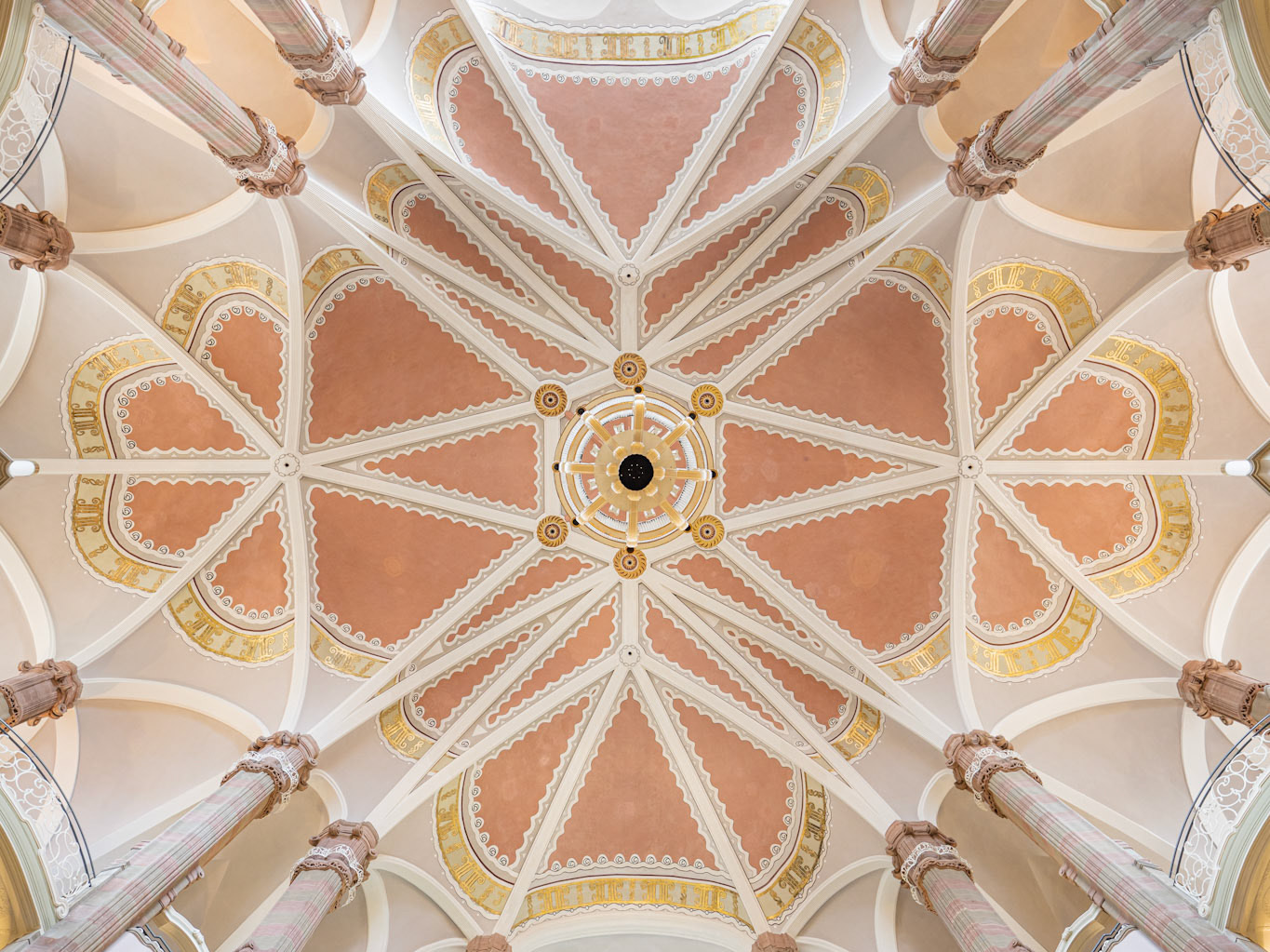
Amtsgericht Mitte
Berlin
1896 - 1904
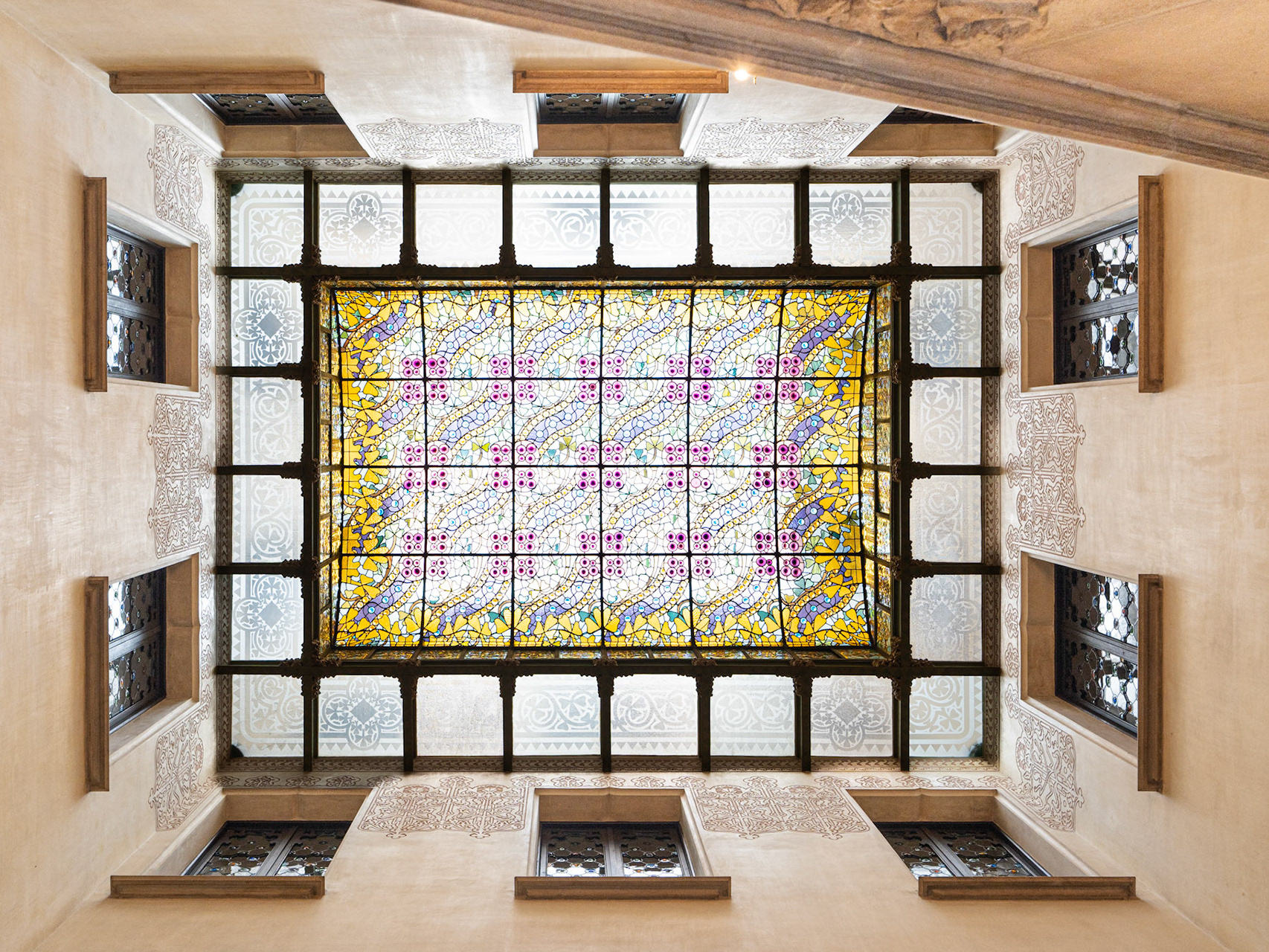
Casa Amatller
Barcelona
1875, redesigned 1898 - 1900
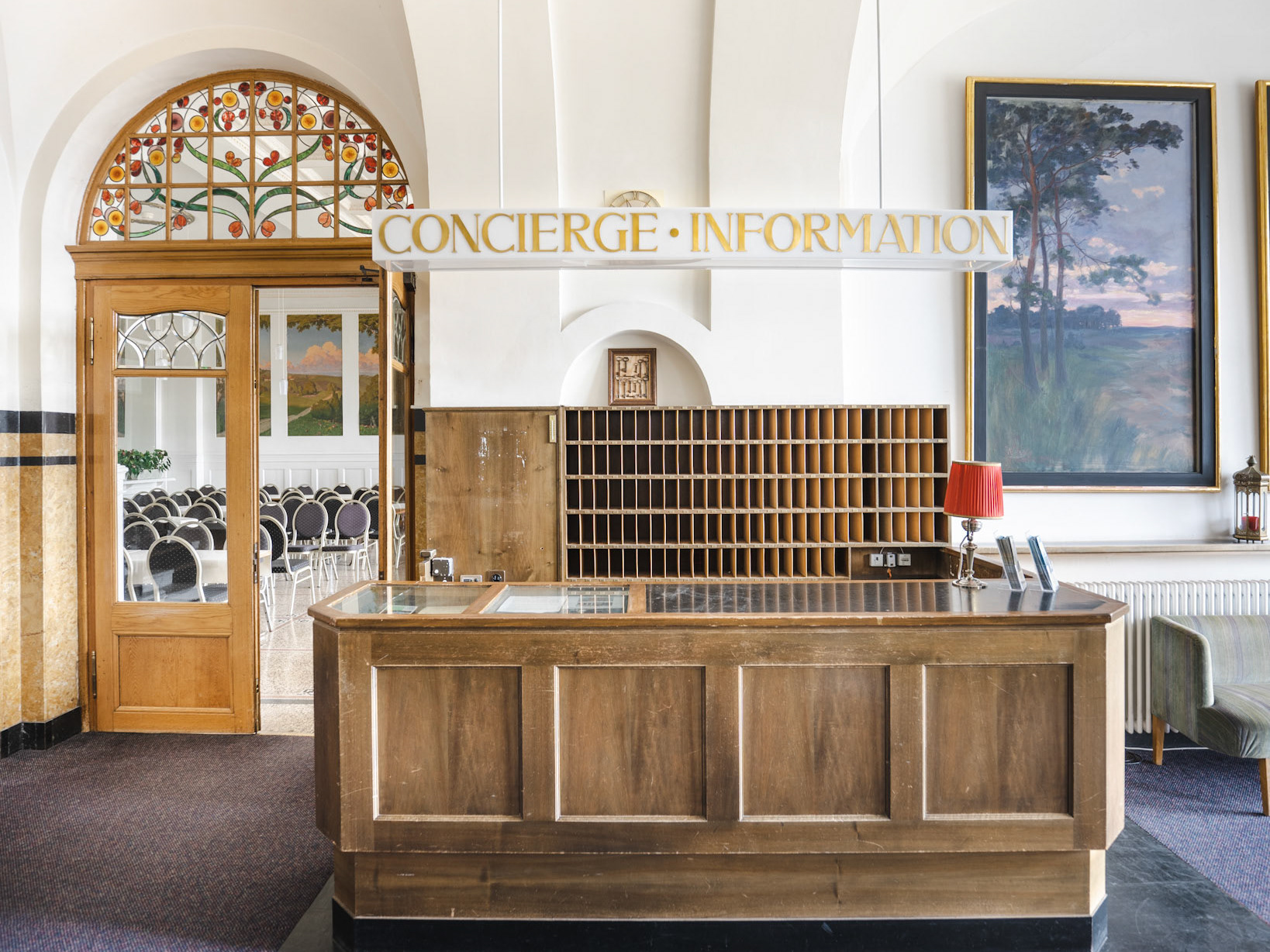
Berghotel Schatzalp
Davos
1898 - 1900
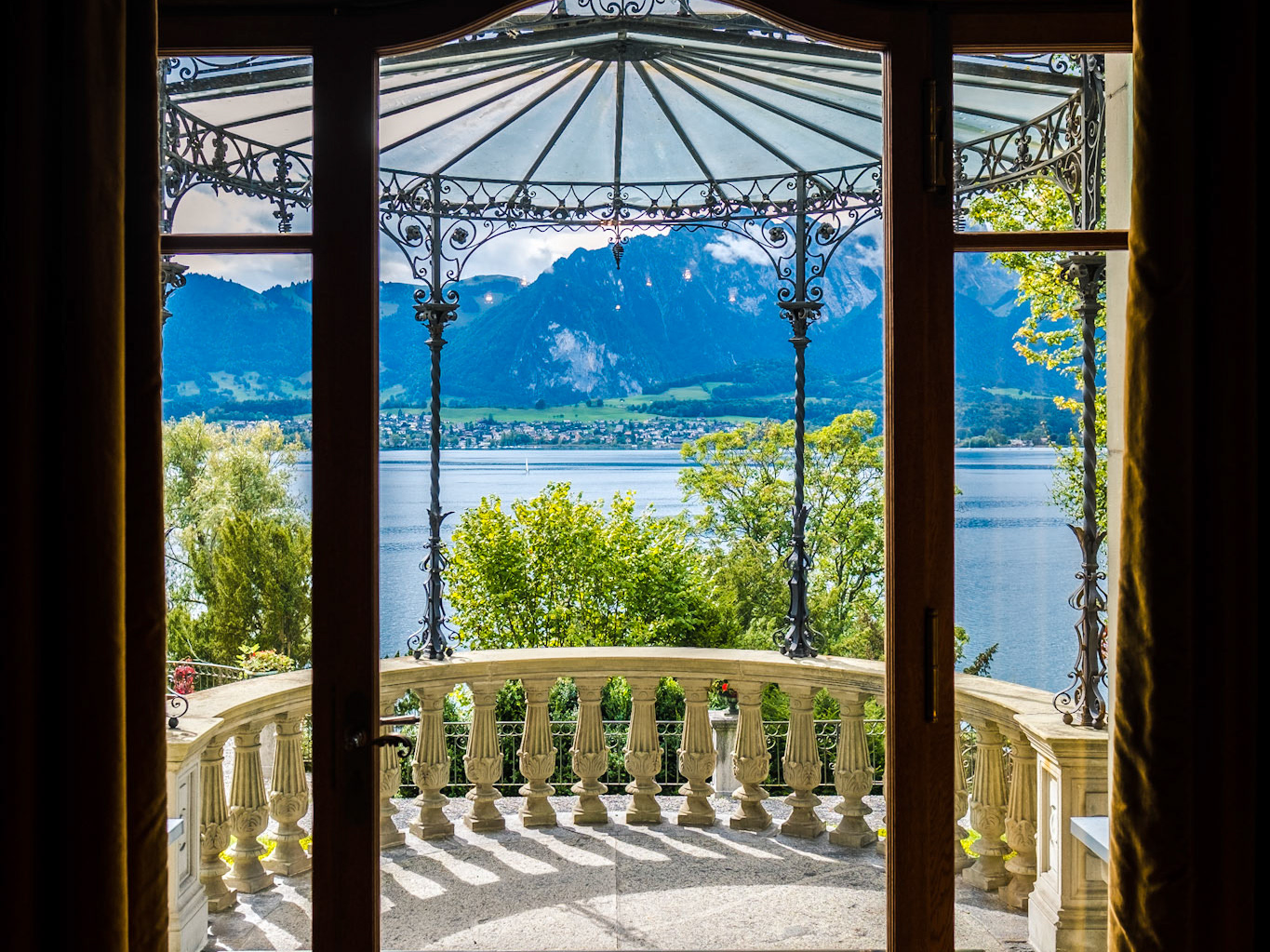
Schloss Hünegg
Hilterfingen
1861 - 1863, renovated 1899
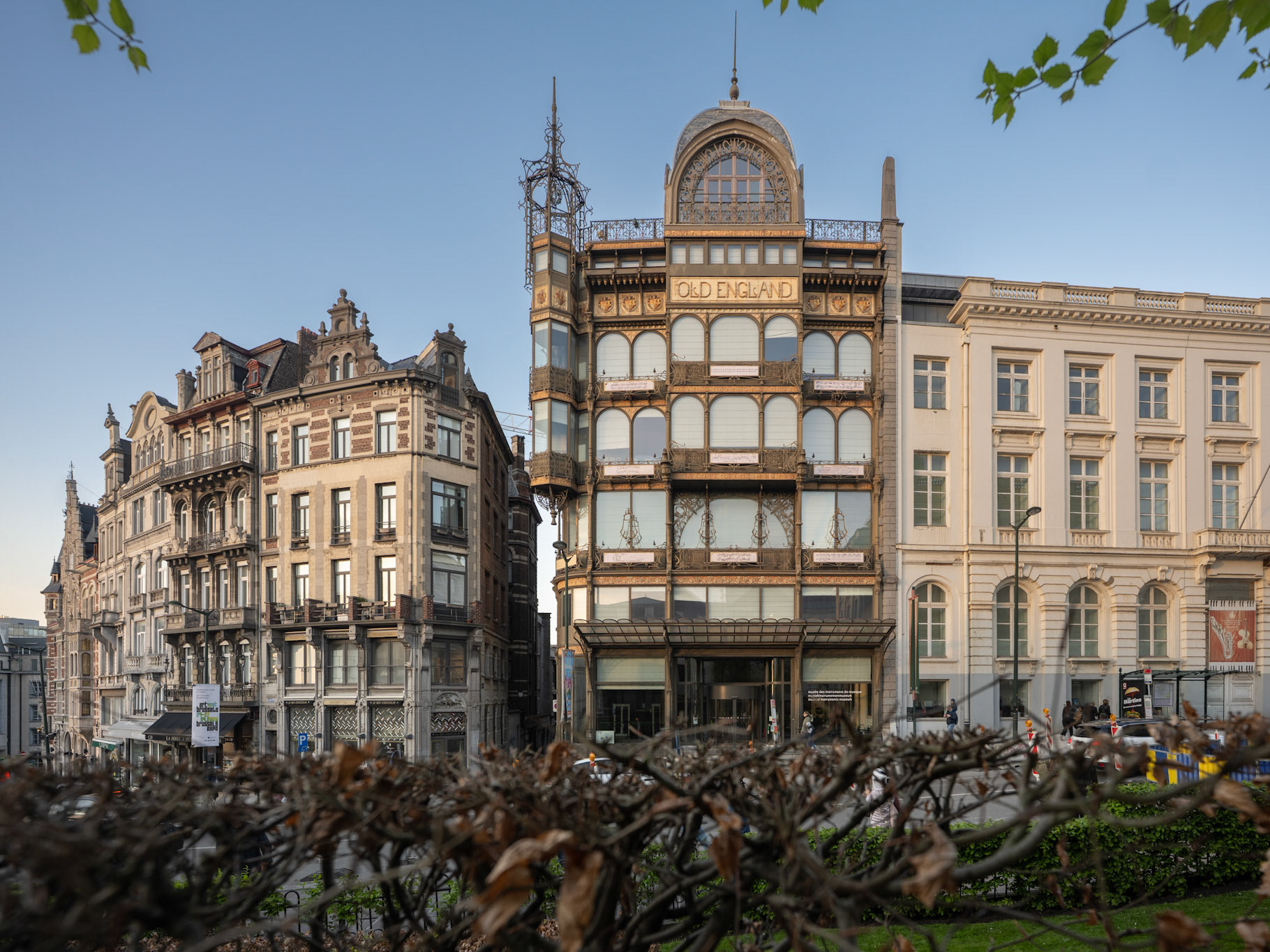
Musée des Instruments de Musique
Brussels
1899
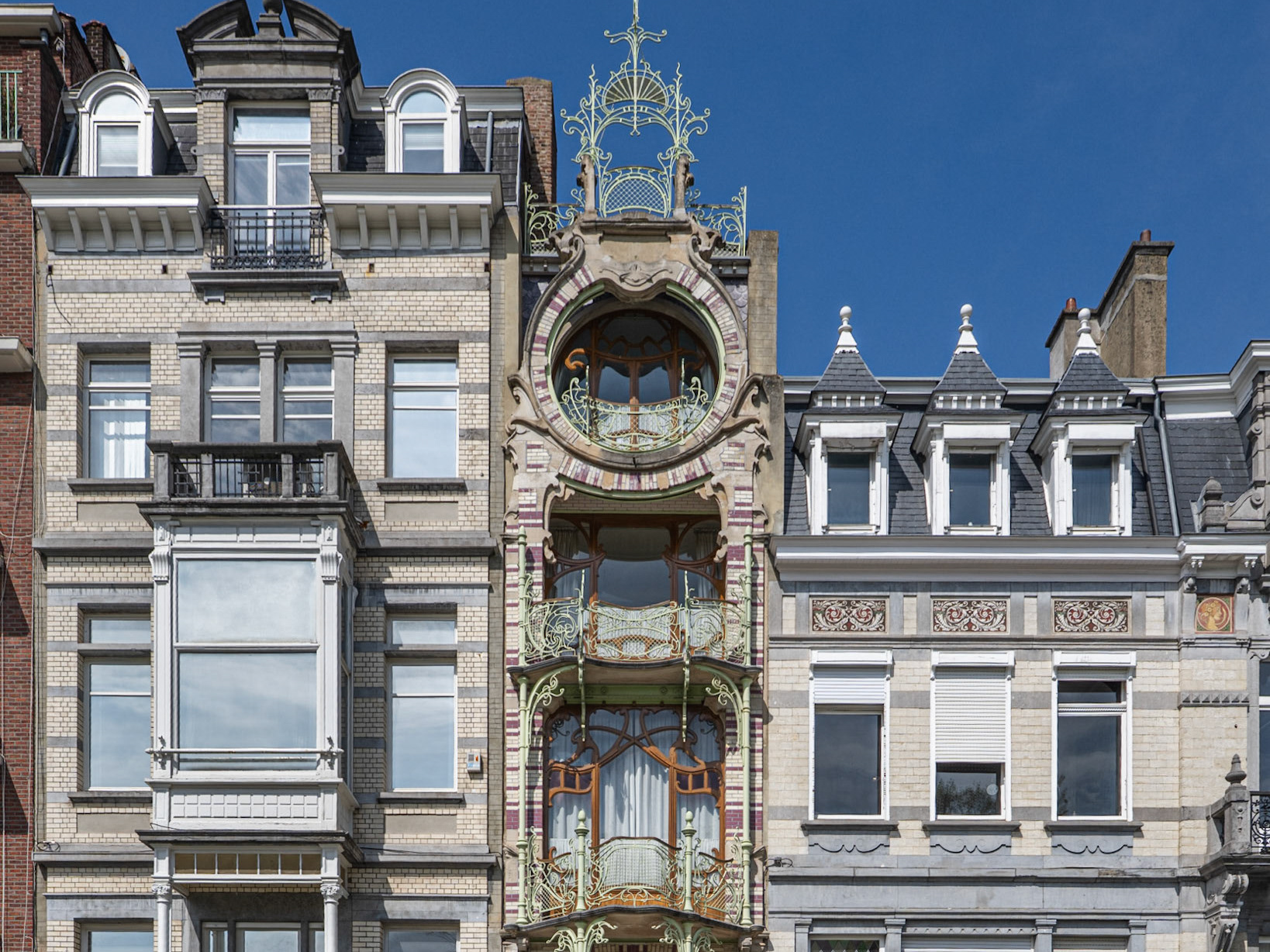
Maison Saint-Cyr
Brussels
1901 - 1903
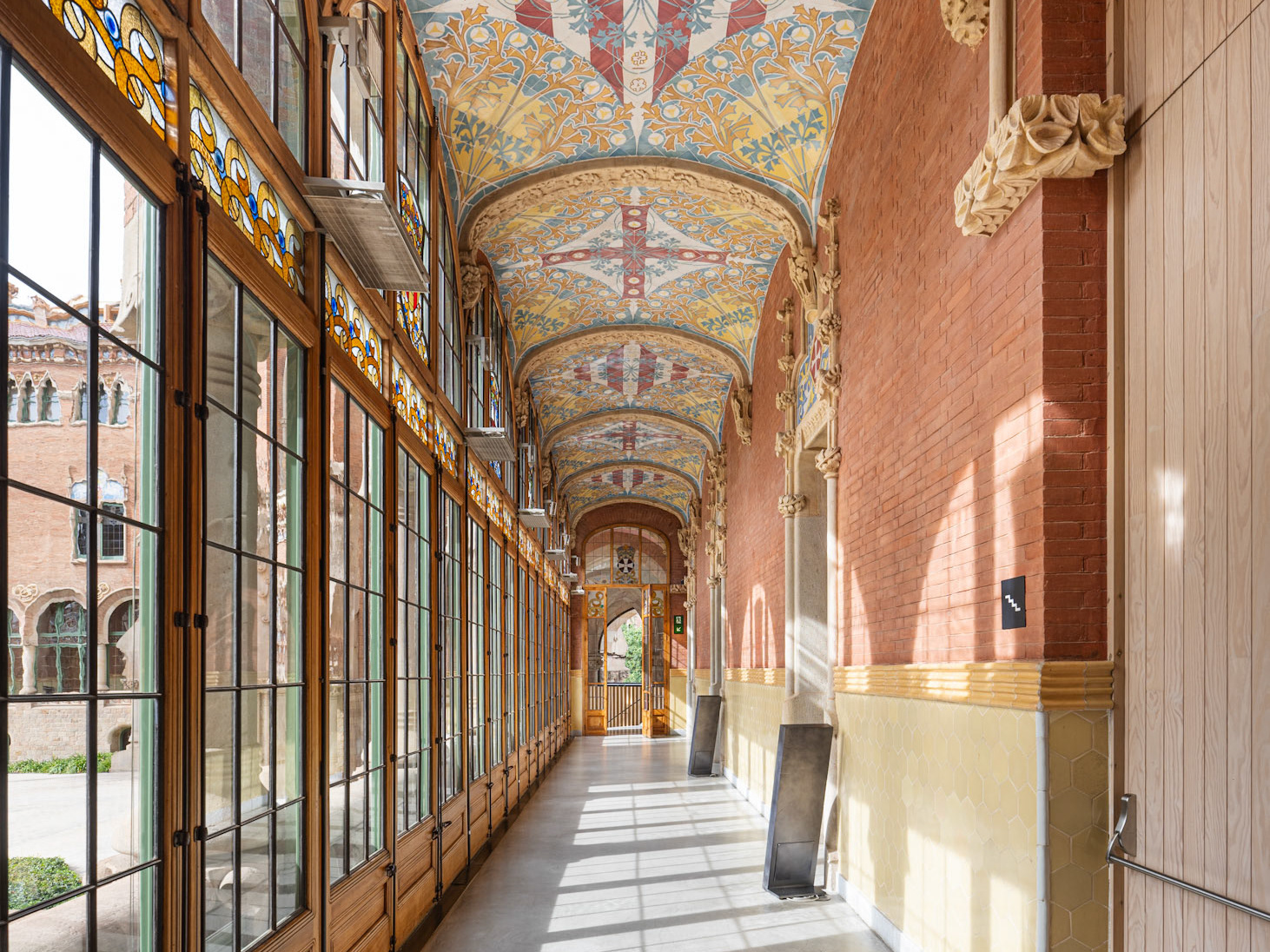
Hospital de Sant Pau
Barcelona
1901 - 1930
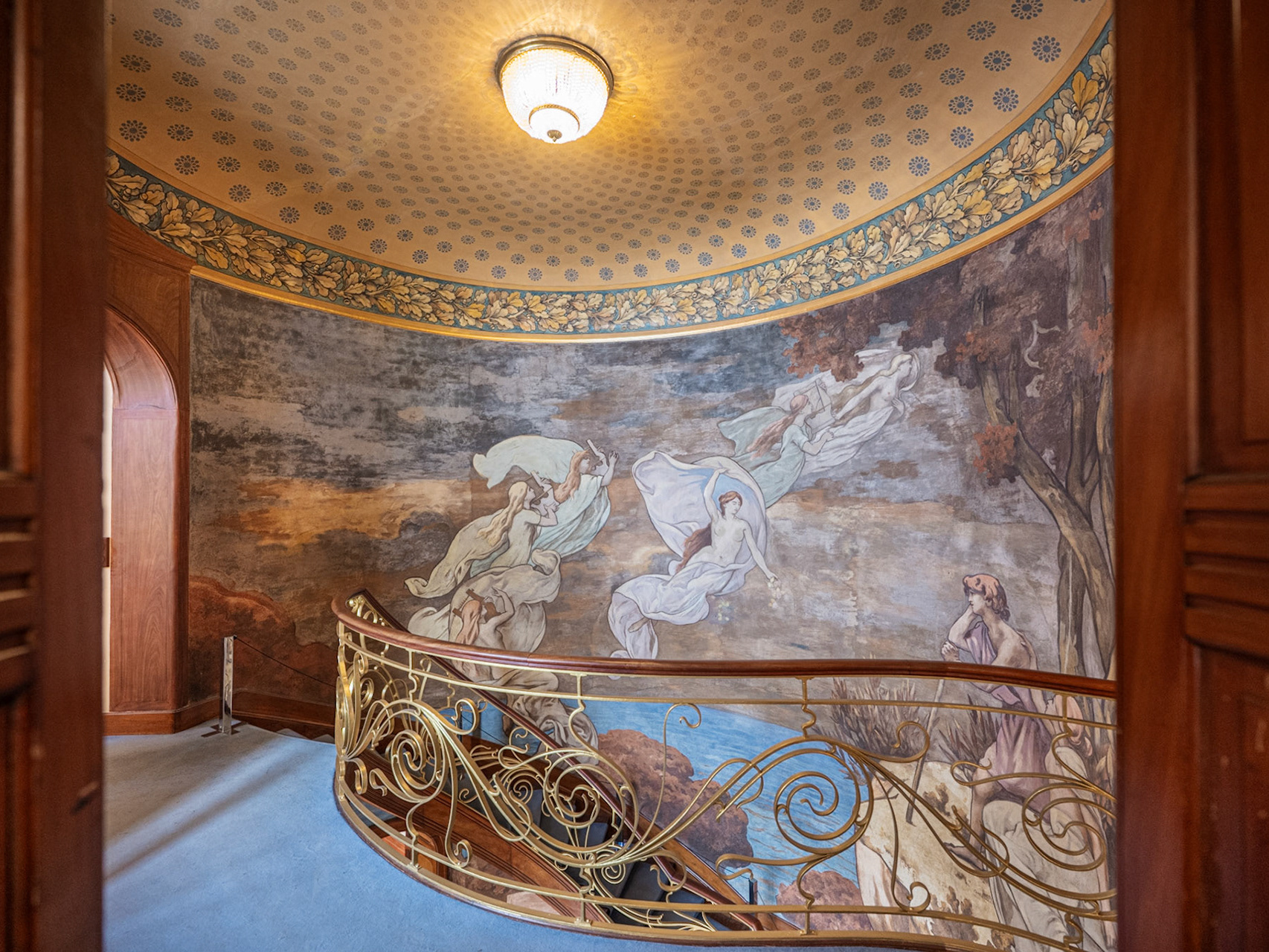
Maison Hannon
Brussels
1903 - 1904
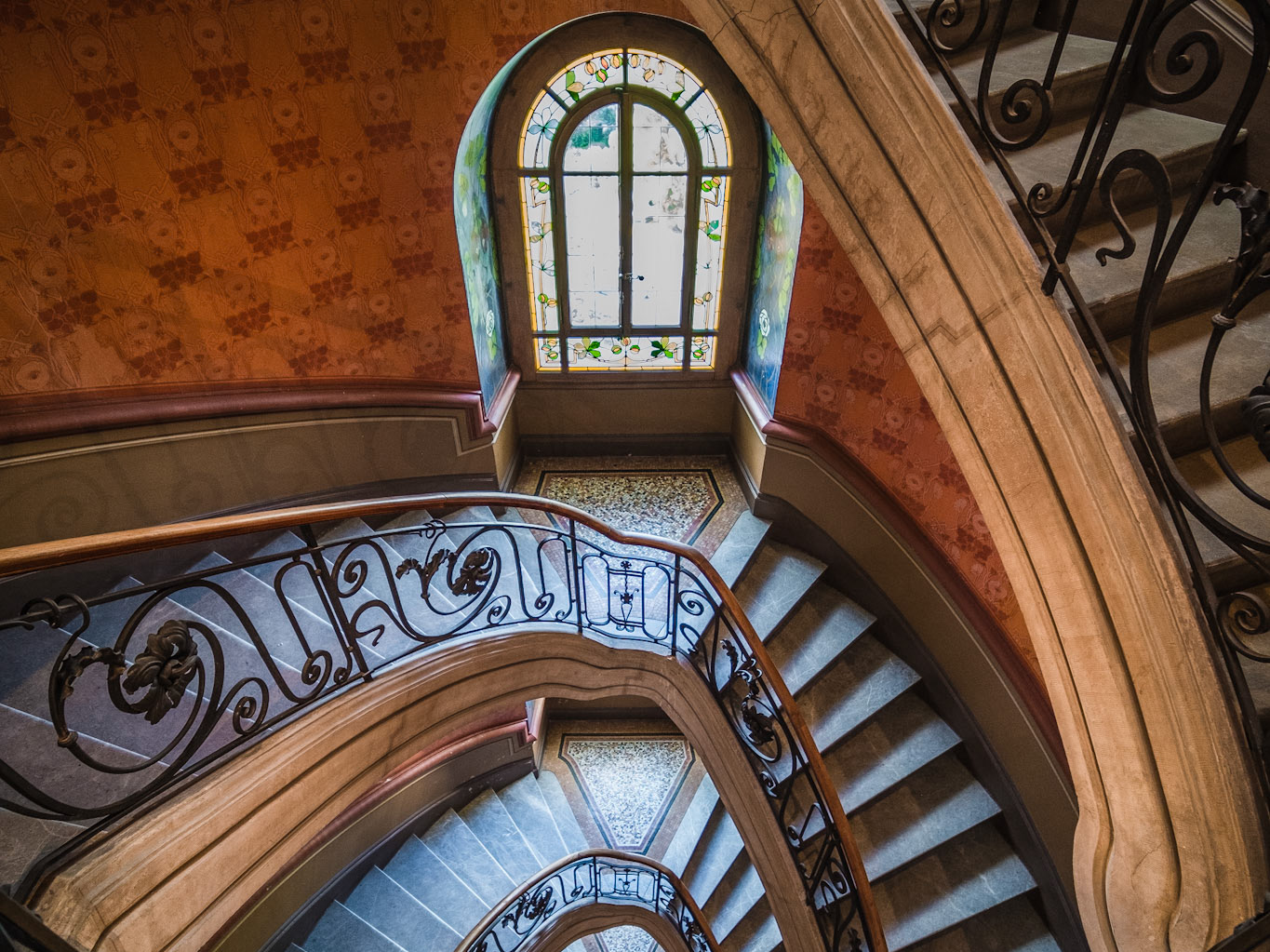
Maison de l'Estérel
Lausanne
1904
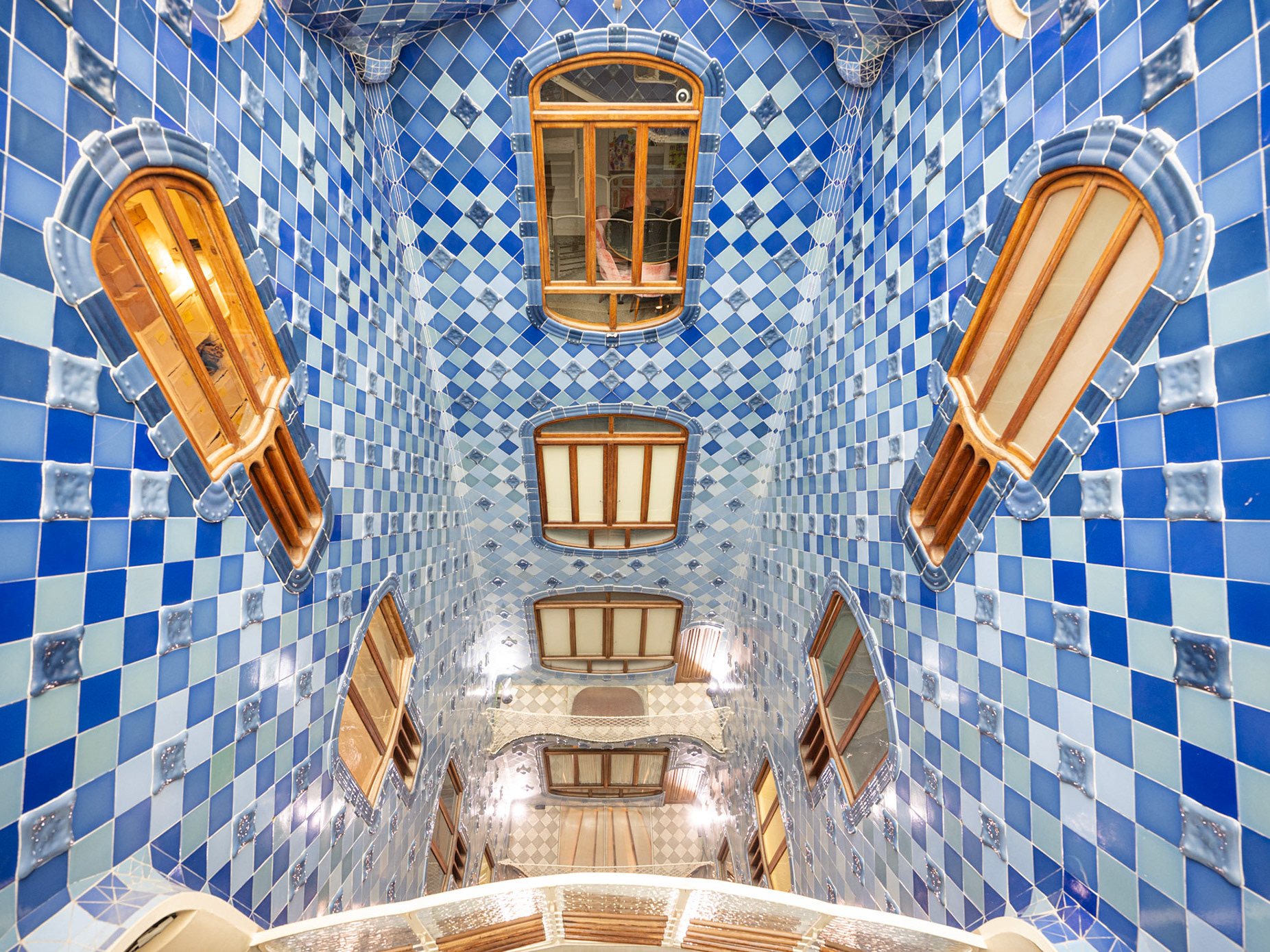
Casa Batlló
Barcelona
1877, renovated 1904 - 1906, 2021
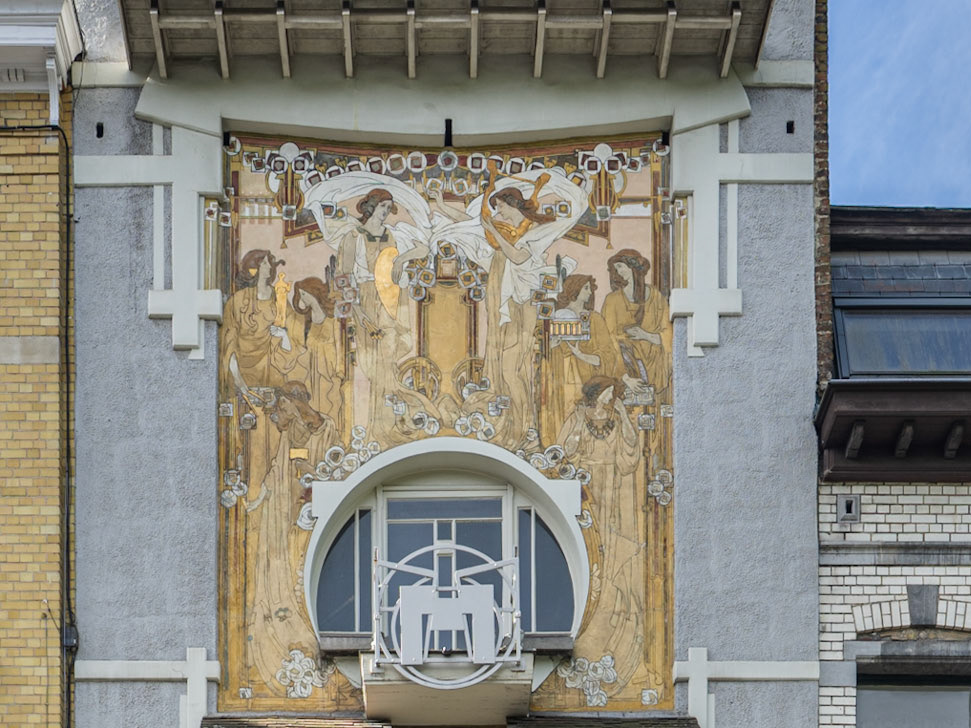
Maison Cauchie
Brussels
1905
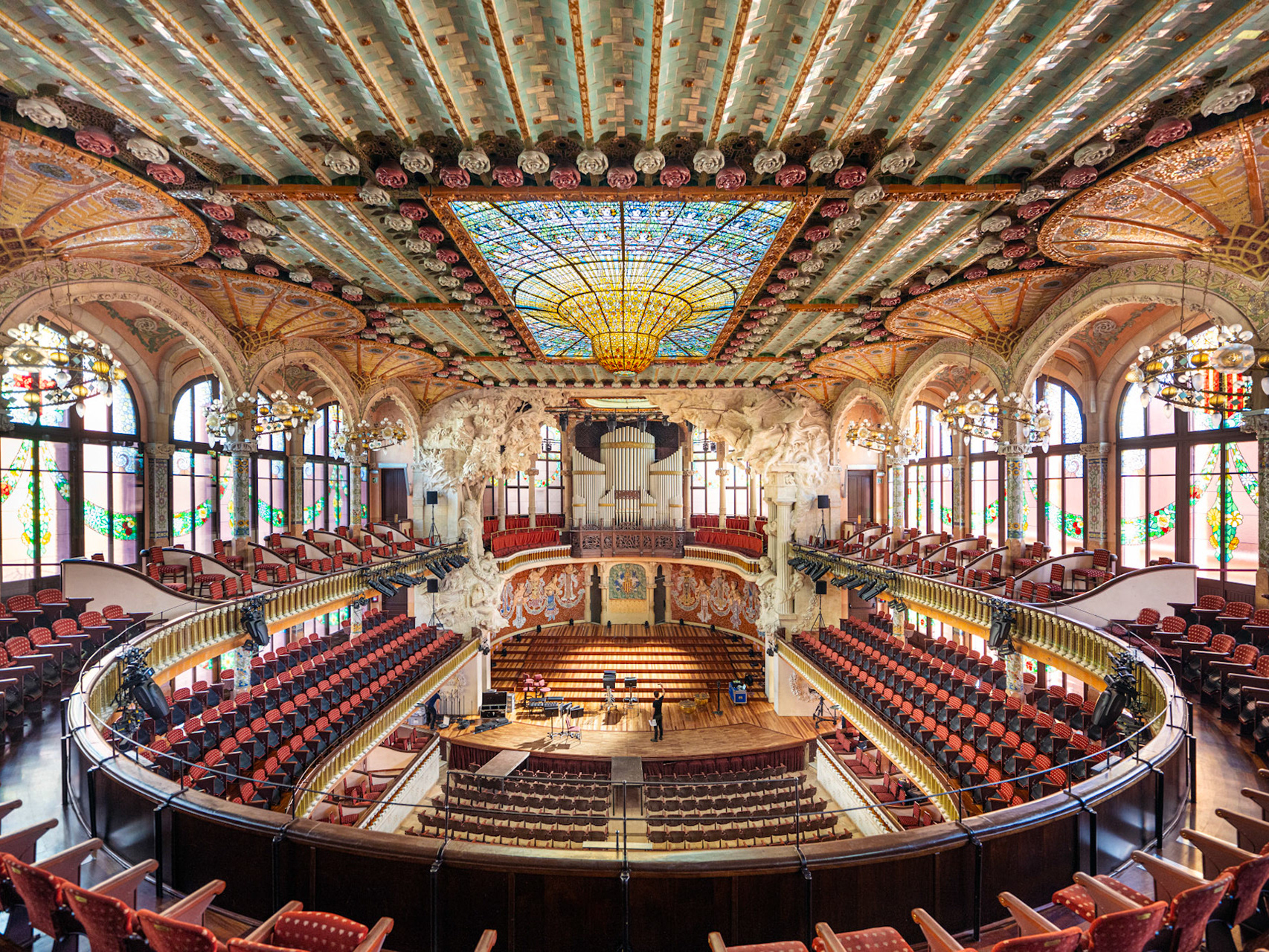
Palau de la Música Catalana
Barcelona
1905 - 1908

Samaritaine
Paris
1870, 1905 - 1910
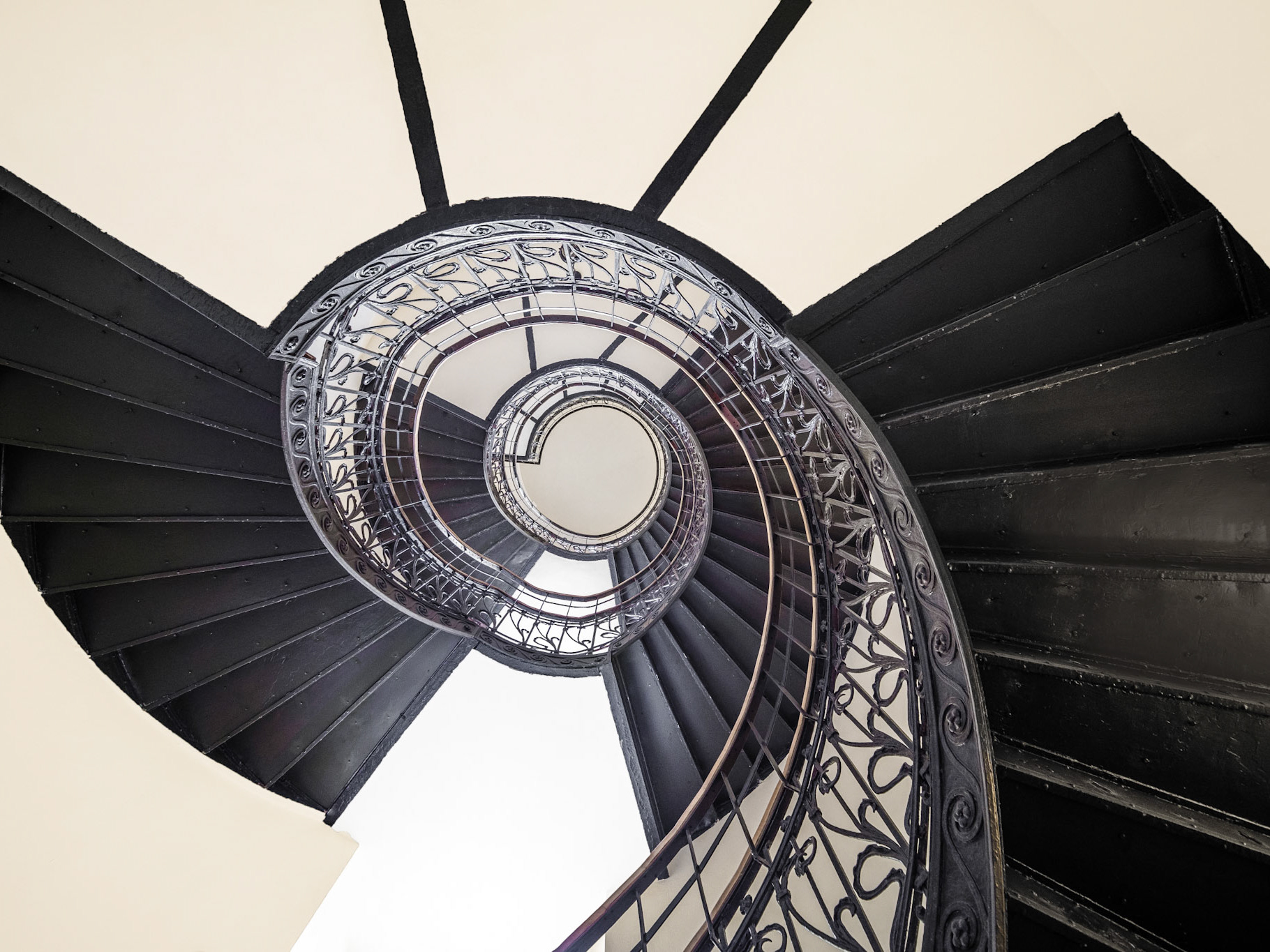
Halber tenement house
Warsaw
1905 - 1912
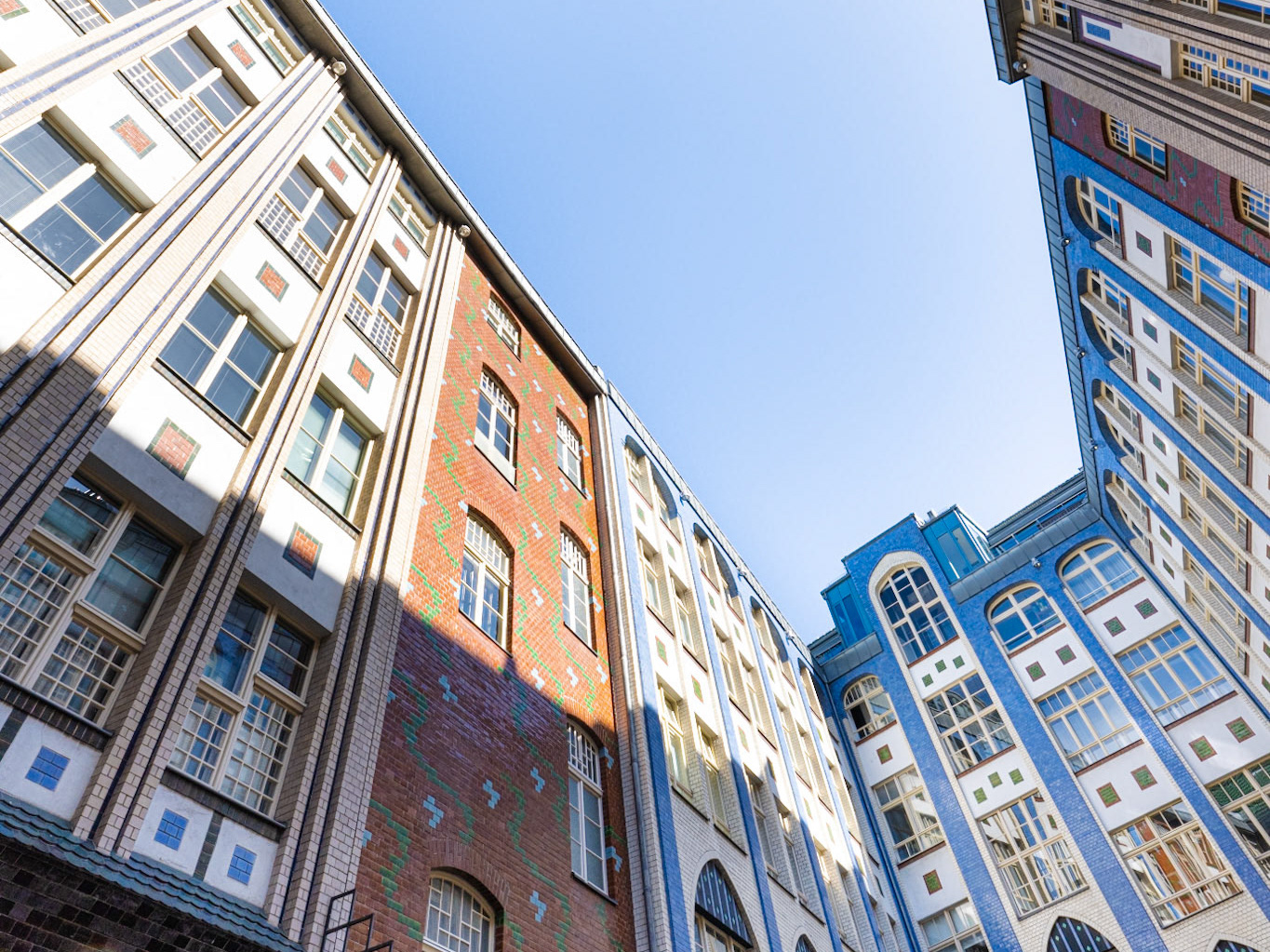
Hackesche Höfe
Berlin
1906
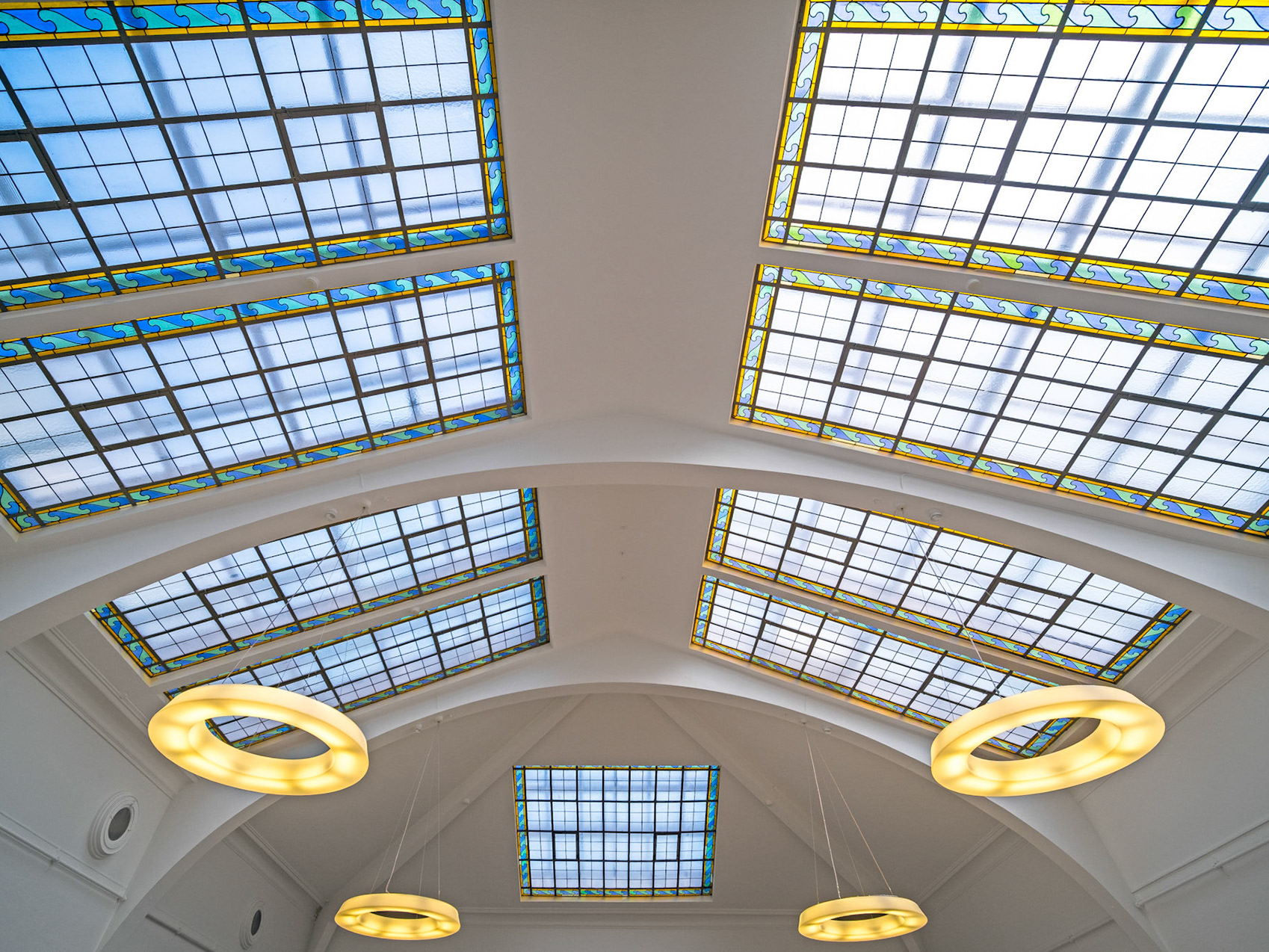
Musée des Beaux-Arts du Locle
Le Locle
1906

Casa Milà
Barcelona
1906 - 1912
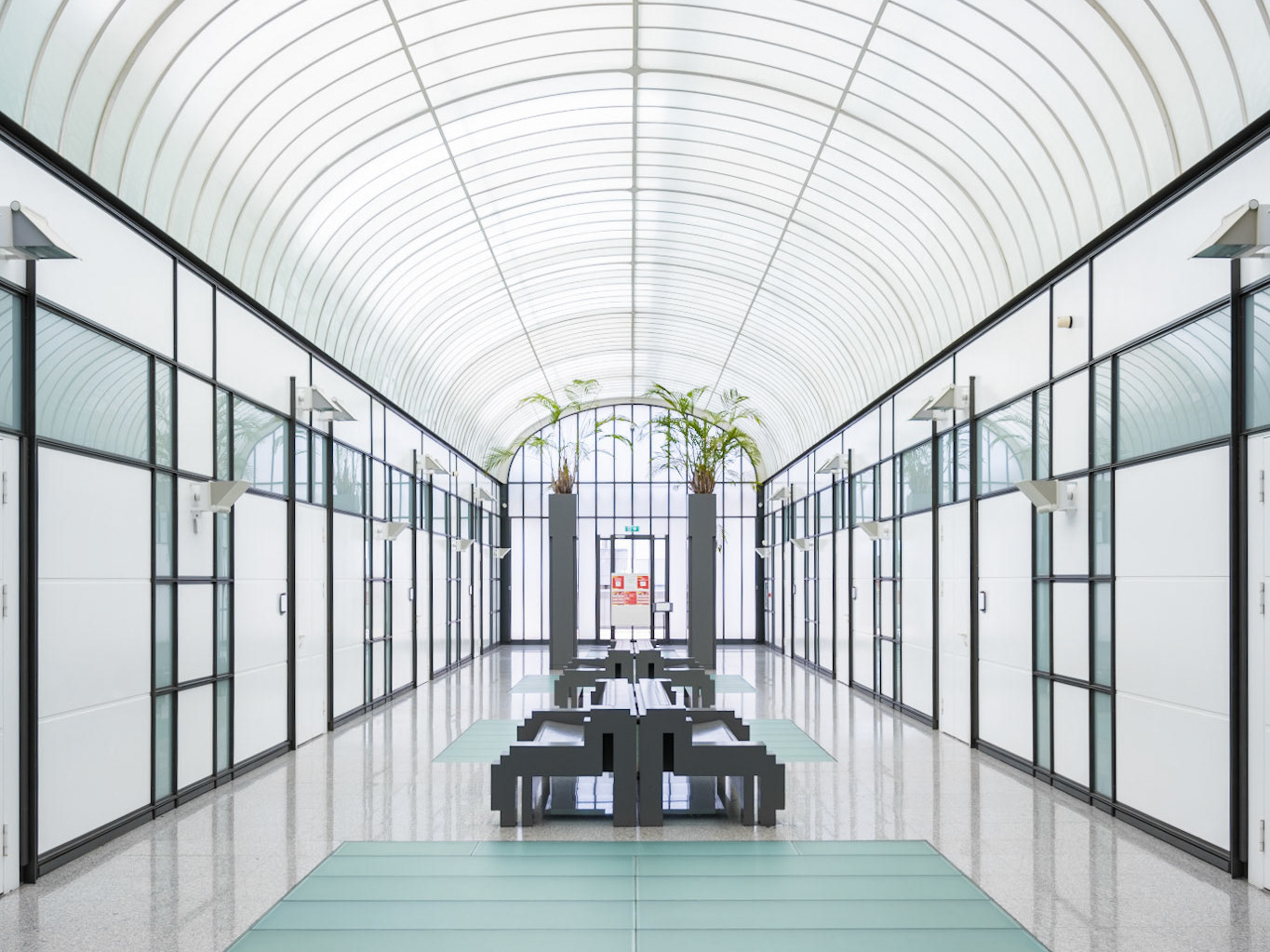
Conservatoire de Lausanne
Lausanne
1908 - 1909
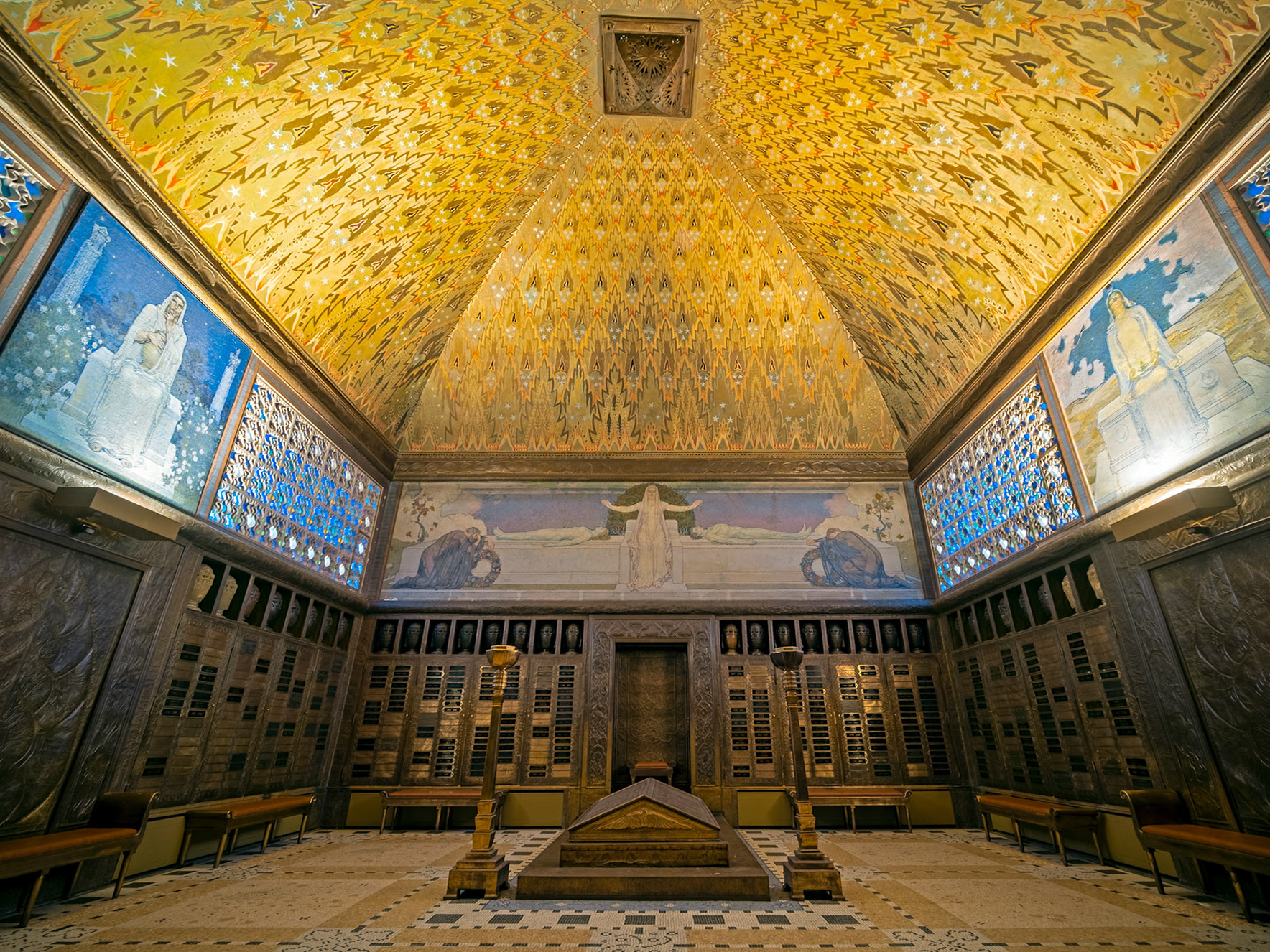
Crématoire de La Chaux-de-Fonds
La Chaux-de-Fonds
1908 - 1910
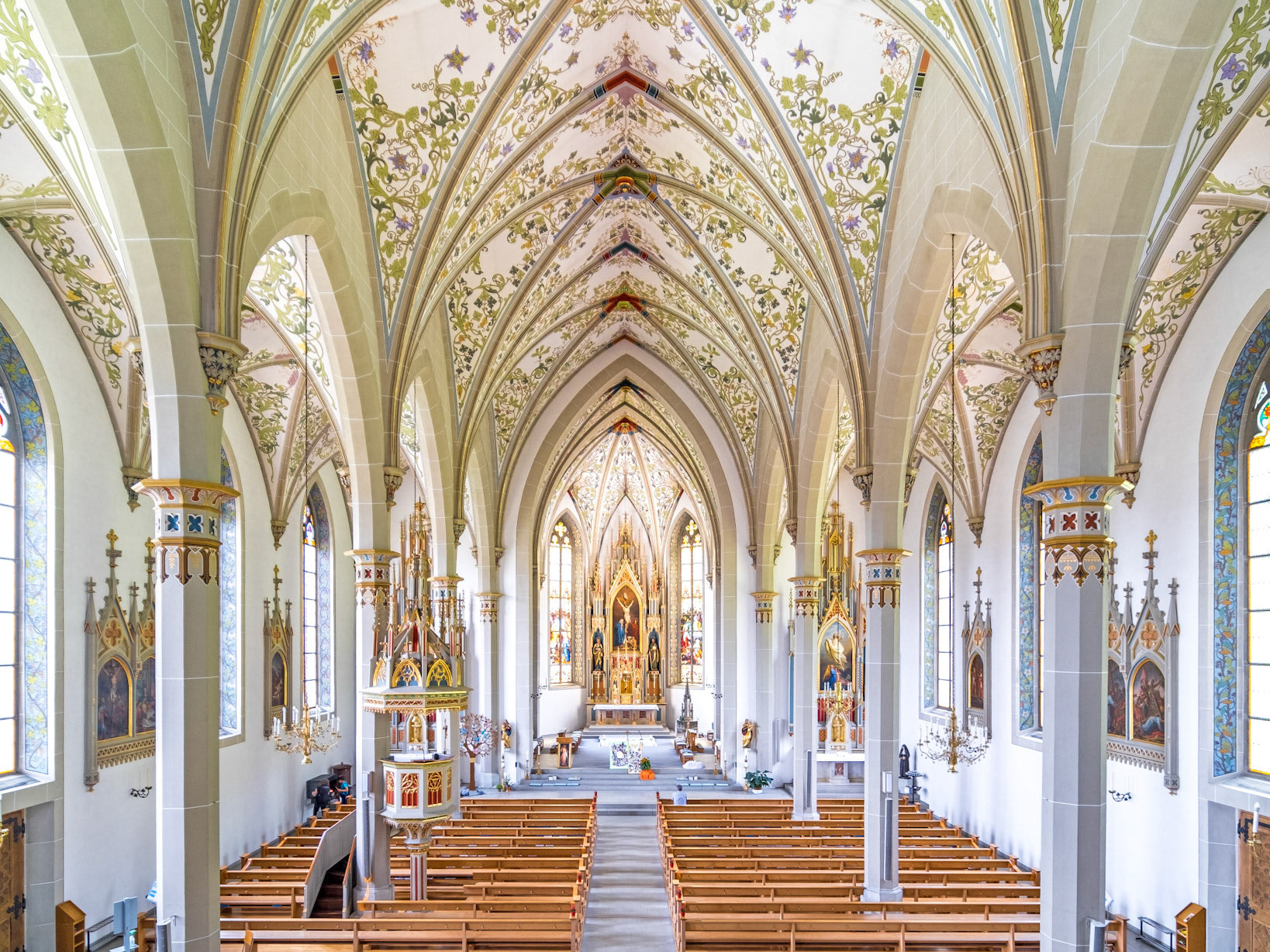
Pfarrkirche St. Peter und Paul
Villmergen
1863 - 1866, ceiling 1909
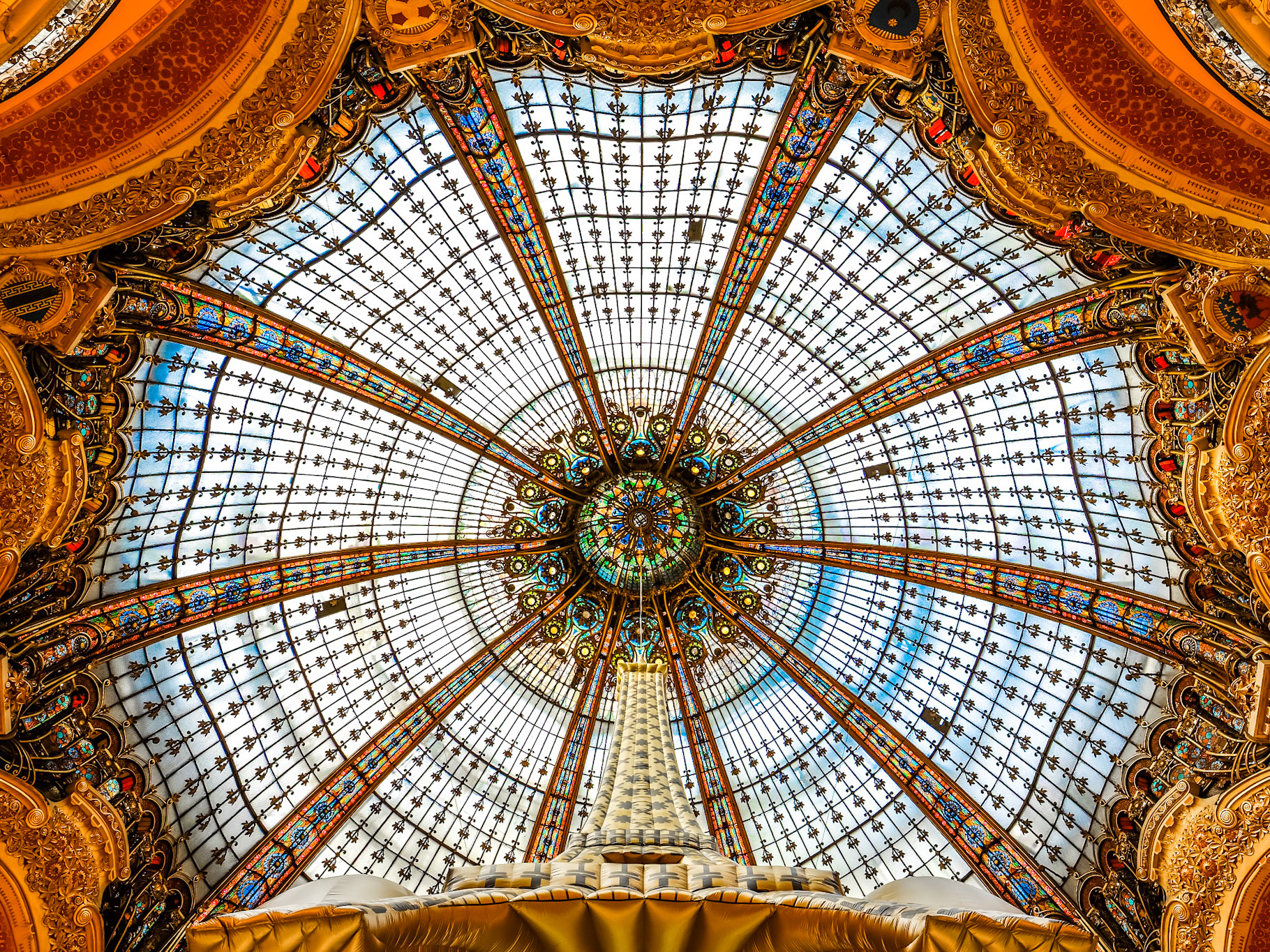
Galeries Lafayette
Paris
1912
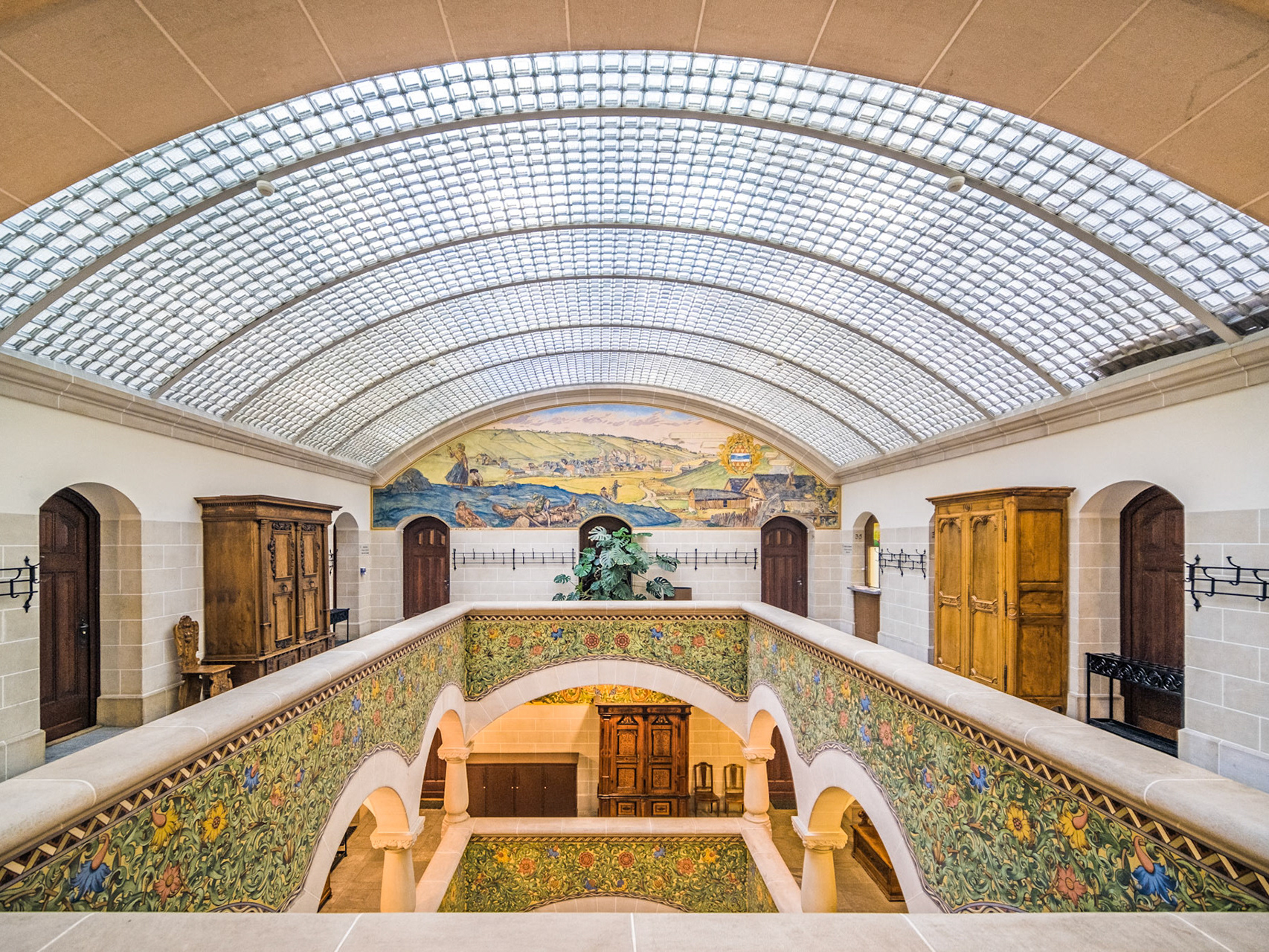
Hôtel de Ville du Locle
Le Locle
1918